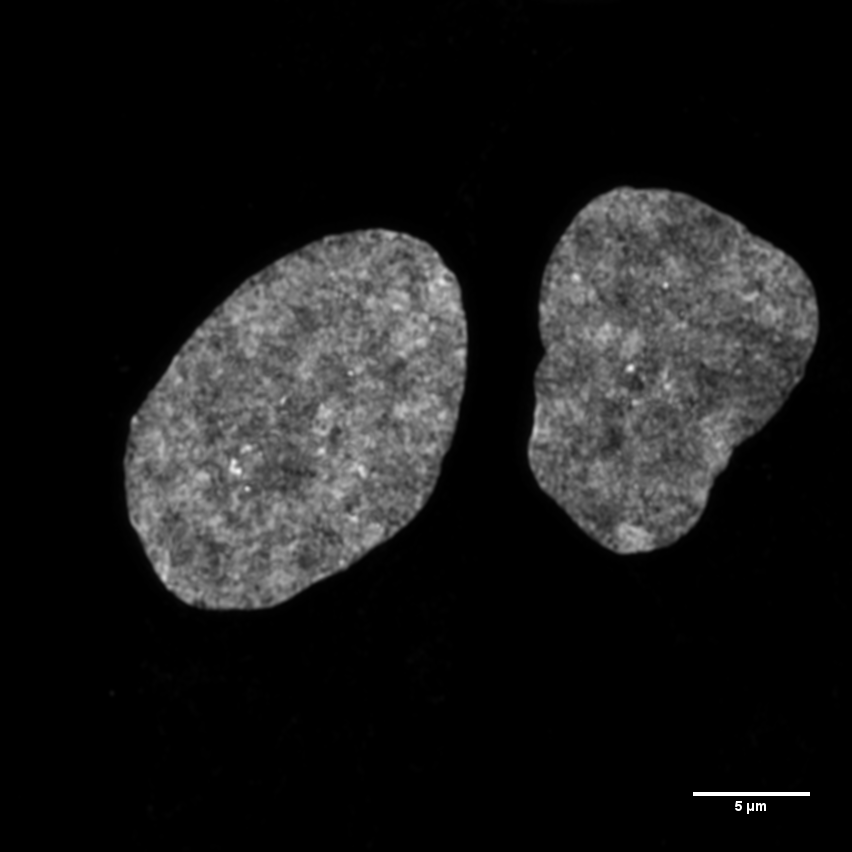Sarcoma Awareness Month: exposing an insidious Nemesis
(Vienna, 27.07.2023) Sarcomas pose a significant challenge, especially for children and adolescents, as the tumors often go undetected and metastasize. At St. Anna Children’s Cancer Research Institute, two research groups are dedicated to studying this tumor.
Sarcomas are rare forms of cancer, comprising only two percent of all malignant tumors, which has resulted in limited research on these diseases. The challenges in dealing with these tumors are the focus of Sarcoma Awareness Month. Children and adolescents are particularly affected by sarcomas, as these tumors are often detected late and have a tendency to metastasize. Histologically, approximately 70 different types of sarcomas have been identified, showing significant variation among them. The conventional treatment approach using chemotherapy significantly impacts the quality of life for those affected.
In recent years, intensified research efforts worldwide have been made to find alternatives to traditional chemotherapy and improve the quality of life for patients. St. Anna Children’s Cancer Research Institute (CCRI) is also contributing to this cause, particularly through its investigations into Ewing sarcomas, which are the second most common bone cancer among children and adolescents.

Figure: Two Ewing Sarcoma nuclei
Successful Research
Within the research institute, two groups are making significant strides in this field: the research group led by Prof. Heinrich Kovar, PhD and Eleni Tomazou, PhD. The recently awarded Consolidator Grant from the European Research Council (ERC) to Eleni Tomazou brings additional resources to her ongoing project aimed at developing a laboratory model for Ewing sarcomas, thereby facilitating an improved healing process.
The scientists have focused, among other aspects, on the epigenome of Ewing sarcomas, resulting in insights that could offer promising approaches for future treatments. The group led by Heinrich Kovar has investigated the oncogene EWSR1-FLI1, which is characteristic of this disease. In this endeavor, over 3000 experimental compounds, including approved drugs, were tested for their effectiveness against Ewing sarcoma cells.